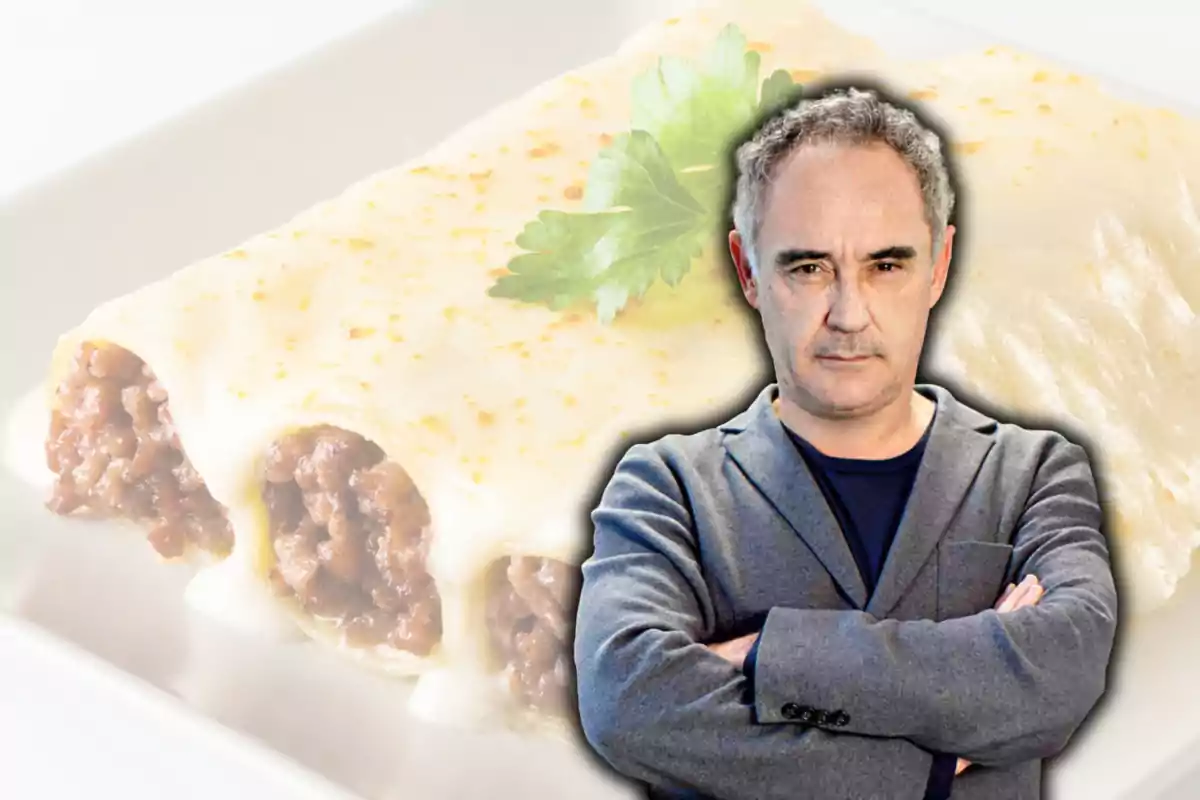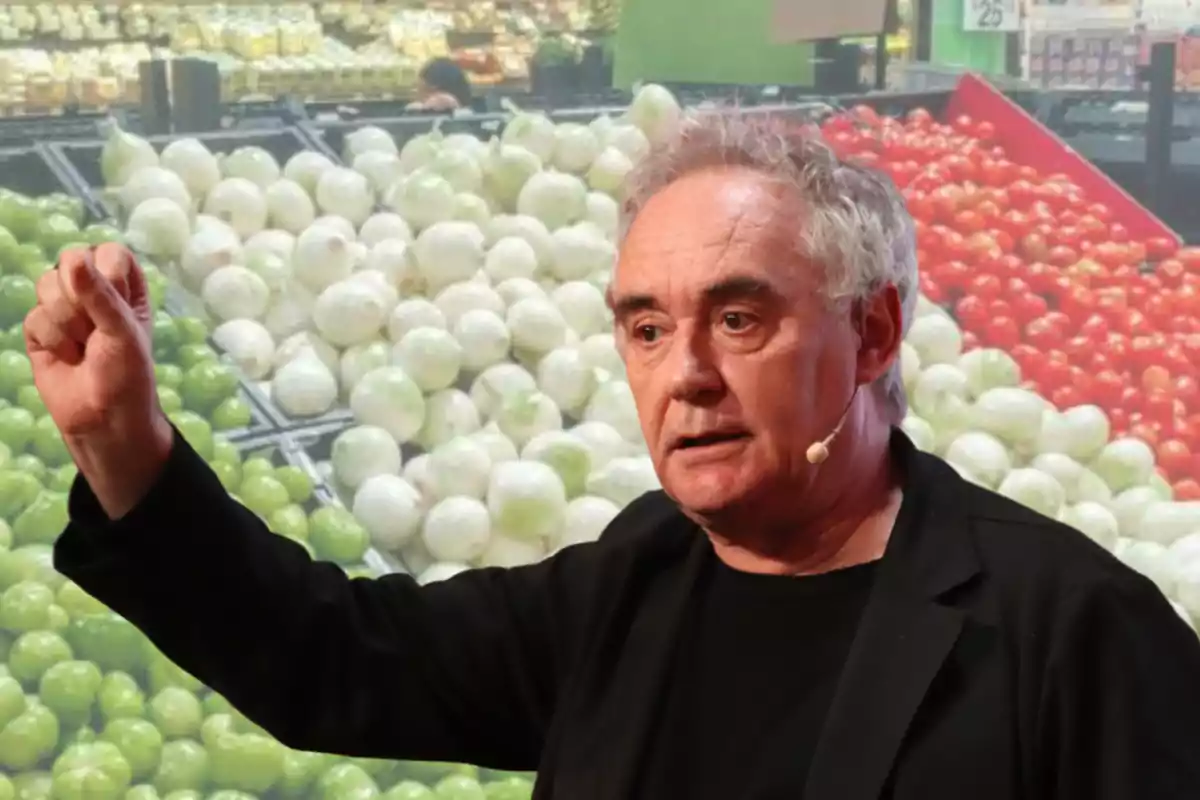In any Spanish kitchen, sofrito is an essential element. That base of onion, garlic, and tomato may seem simple, but it defines the flavor of rice dishes, stews, casseroles, or even a simple Spanish omelet. Despite its humble nature, sofrito is a technique that separates an ordinary dish from a memorable one.
The Catalan chef, a pioneer of avant-garde cuisine, has recently reappeared on the TV3 show Col·lapse, not to talk about liquid nitrogen, but about the basics: how to prepare a good sofrito. He did so with a clear warning for all cooks.
sofrito, that art that requires time and precision
Ferran Adrià is clear about it. Sofrito is not a casual recipe that can be improvised "by eye." It is an essential preparation that requires attention, patience, and above all, accuracy. "Everyone measures the ingredients when making a sponge cake," he explained, "but when it comes to sofrito, they just throw in an onion and a couple of tomatoes, as if that were enough."

This habit, so widespread, is according to Adrià the first big mistake. For him, savory cooking needs to start adopting the rules of pastry: measuring, weighing, and repeating formulas to achieve consistent results. "If you use 3.5 oz. (100 g) of onion and 2.8 oz. (80 g) of tomato, the flavor changes completely," he keeps.
Adrià also insists that a well-made sofrito is not prepared in ten minutes. "You have to slowly sauté the onion over very low heat, let it caramelize little by little, strain the crushed tomato well to prevent it from being watery, correct the acidity with a bit of honey, and add, if desired, some herbs like thyme, rosemary, or bay leaf."

a professional method anyone can apply
The chef from El Bulli has surprised many with this defense of method in a traditionally intuitive field. His argument is simple: cooking with precision is not elitist, it's practical. It can be applied in any home, without the need for fancy utensils or expensive products.
In fact, Adrià suggests a very useful domestic approach: prepare sofrito in large quantities and store it in portions. "A good sofrito can be kept for several days in the fridge and can also be frozen," he says. This way, it becomes a ready-to-use base that can save any everyday meal and elevate it to another level.
the value of detail in traditional cooking
Adrià's message aligns with his general philosophy: cooking is not just creativity, but also technique, reflection, and respect for the product. By approaching an everyday element like sofrito with the same rigor as a complex recipe, he invites us to reconsider the way we cook the simplest things.
This view has sparked debate on social media and cooking forums. Some consider it an exaggeration: "My grandparents never weighed anything and cooked better than anyone," one user said. Others acknowledge that the results visibly improve when precise measurements are applied, even in lifelong dishes.
The mistake no one expected... it's not just not weighing
Up to this point, everything seems logical: use the scale, measure the ingredients, reduce slowly... In the last seconds of his appearance on TV3, Ferran Adrià revealed the real typical mistake most people make when making sofrito. It has nothing to do with the ingredients or the cooking.
"The most common mistake is not treating sofrito as what it is: the most important dish on the menu," he stated. In other words: not giving it the prominence it deserves. We focus on the meat, the rice, the fish... and relegate sofrito to a mere formality, when in reality it is the soul of the dish.
With his characteristic calm and firm tone, Adrià concluded: "If you don't value sofrito, nothing else matters." A phrase that, although simple, invites us to review not only our recipes, but our attitude in the kitchen. Because, as he himself said: "Cooking with precision is a form of respect for flavor. And for the person who is going to sit at the table."

